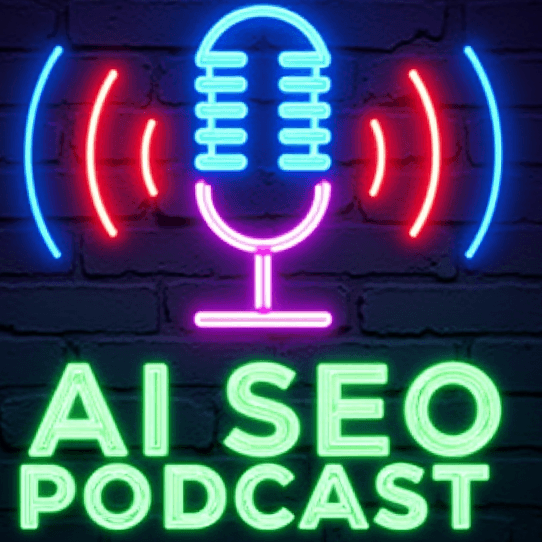
Revolutionizing Search: Google’s New AI-Driven Link Feature
In a bold move, Google is now testing a feature that integrates more visible links to its own search results directly within AI Overviews. This change reflects the tech giant's ongoing evolution of search functionalities, leveraging artificial intelligence to streamline user experiences while simultaneously emphasizing the growing importance of AI in digital marketing strategies.
The Importance of AI Overviews for Small Businesses
For small business owners and marketers, the rise of AI Overviews is crucial. This feature provides a snapshot of pertinent information right at the top of search results, often integrating relevant links to websites and sources. However, with the majority of these links now potentially redirecting users back to Google’s own tailored search queries, businesses face a new challenge: how to ensure their content remains visible and competitive.
Impact on Search Visibility: A Double-Edged Sword
According to a recent study, AI Overviews appear in nearly 47% of search results, dramatically impacting click-through rates and visibility for traditional search results. This change means that, for businesses relying on organic search traffic, adapting SEO strategies is more critical than ever. AI Overviews can occupy up to 76% of mobile screen space when combined with featured snippets, pushing regular listings down the page and making it necessary for websites to rank as highly as possible in search results to be seen.
Understanding Shifting Search Patterns
The rise of zero-click searches, where results are provided without the need to click through to a site, exacerbates this challenge. As per the recent analysis, 60% of searches are resolved through this means, making it imperative for businesses to rethink how they present content online—prioritizing quality and relevance to align closely with AI-generated summaries.
Future Trends in AI Search: Opportunities for Adaptability
As Google continues to refine how AI impacts search, businesses should look toward future trends. Adopting a multi-faceted approach that combines strong SEO fundamentals with a clear understanding of how AI technologies will shape user interactions is essential. Companies must develop content strategies that embrace AI's capabilities while ensuring they maintain high-quality, pertinent outputs.
Decisions Businesses Must Make Now
Given the current landscape, businesses should conduct a thorough audit of their content strategies. Focus on creating content that not only answers user queries but also matches the expectations established by AI-generated overviews. This will ensure enhanced visibility and a better chance of remaining competitive as search dynamics evolve.
Conclusion: Harnessing AI for Better Outcomes
As Google pushes the boundaries of what AI can achieve in search, small businesses, marketers, and agencies must adapt. Understanding these changes is no longer just an option; it is a necessity for survival in the competitive digital marketplace. By committing to high-quality, relevant content and savvy marketing strategies that incorporate AI insights, businesses can turn these challenges into opportunities. To stay ahead of the curve, begin reevaluating your SEO strategies today.
 Add Row
Add Row  Add
Add 




Write A Comment